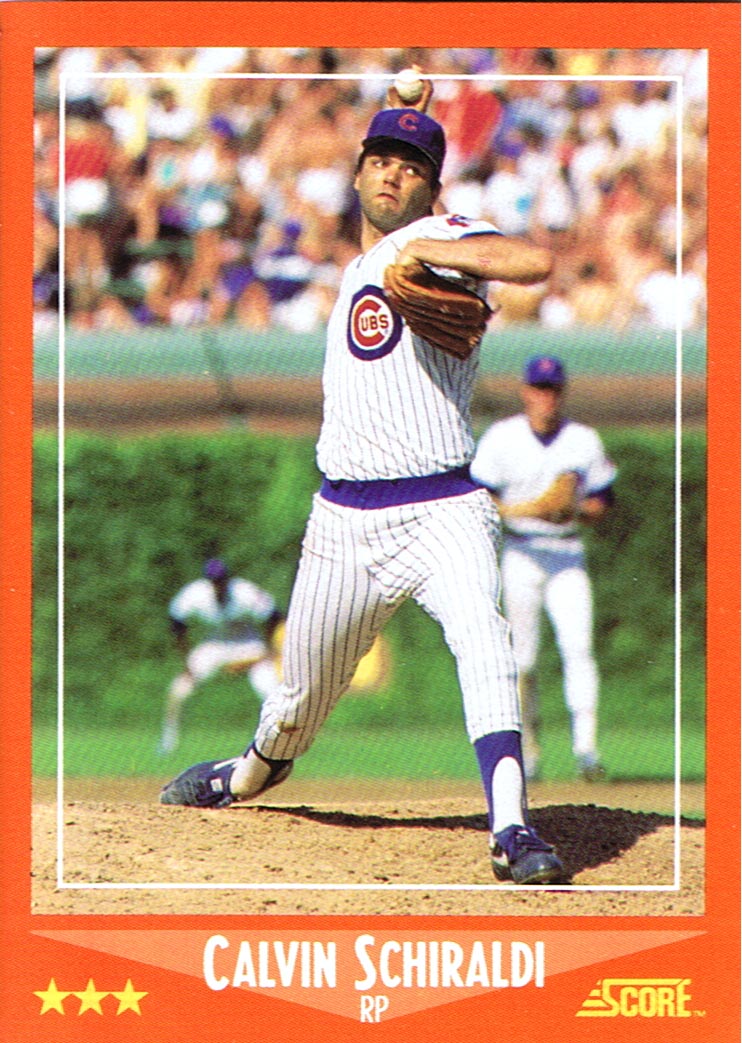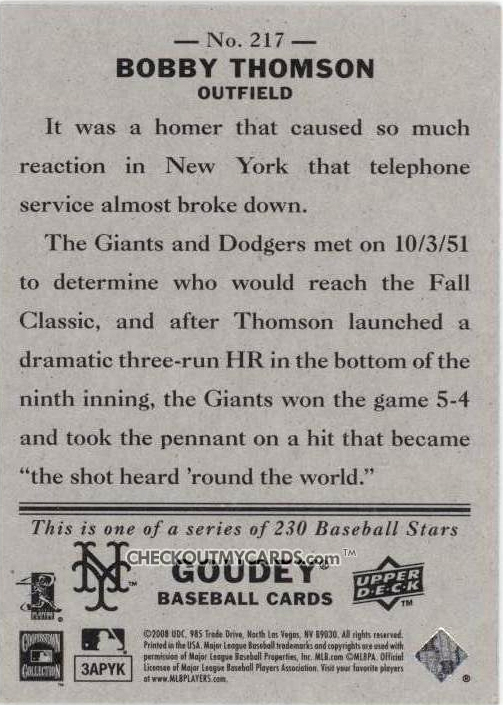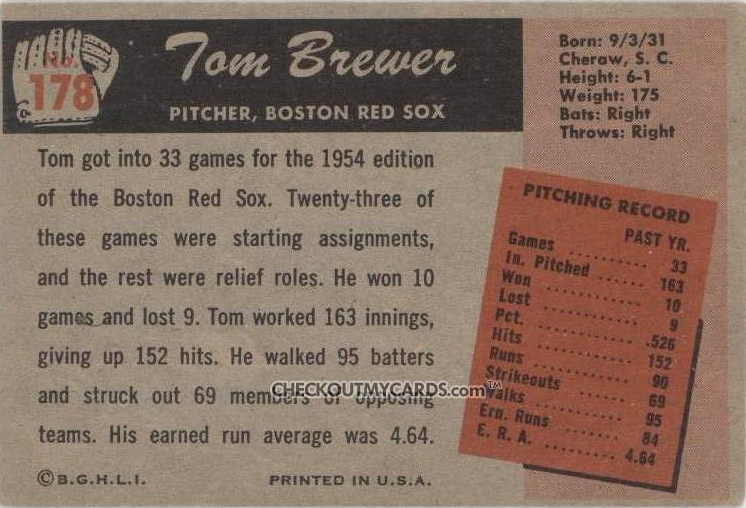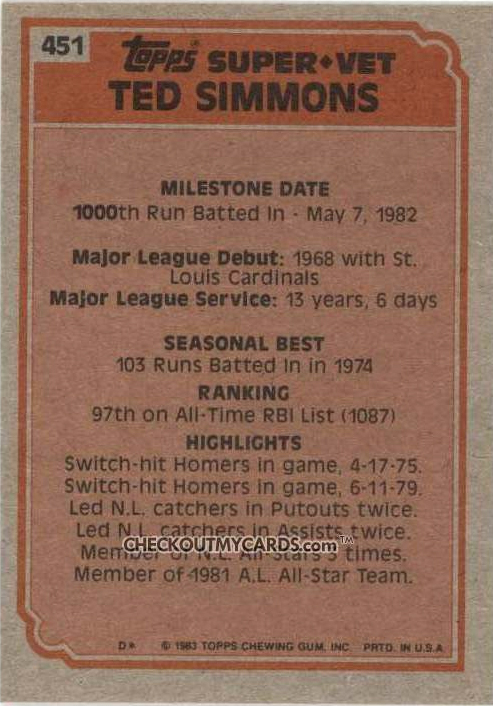Card of the Week: 1985 Donruss #648 John Russell
6th October 2010
John Russell's career in Major League Baseball is probably over. He had a fairly unremarkable playing career as a backup catcher and a fairly disastrous managerial career with the Pirates. In his 3 seasons as Pirates manager, the Pirates lost 299 games and got worse each year under Russell. The last time the Pirates lost that many games over 3 seasons was 1953-1955.
In the last few days we've seen (probably) how Russell's major league career ended. The card I chose this week helps us to remember how it began. As per the info on the back of the card, he was the Phillies' top draft pick in 1982. Although Russell didn't turn out to be a great draft pick, the 1982 draft wasn't a very good one anyway. By the time Russell was picked at #13, Dwight Gooden was already off the board. There were no other superstars in the first round, although later rounds saw the drafting of David Wells, Barry Bonds, Barry Larkin, Jimmy Key, Randy Johnson, and Will Clark (some one whom did not sign).
1985 Donruss is a pretty poor design. The black borders were not a deep, dark black but rather often washed out with a lot of variability from lot to lot. Moreover, the edges were tough to keep looking decent since any chip stuck out against the black color. Add in the fact that the design calls attention to off-centering, and the cards just never looked that nice. Note too that the backs closely resemble the other Donruss issues of the 1980s...so boring.
Russell reminds me of a lot of other part-time catchers. He had some decent pop in his bat. Over his first 162 career games (spanning 1984-1986) he had 18 HR and 63 RBI. He also had 43 BB and 154 K's.
If this is end for Russell, he has nothing to be ashamed about. He's had 28 years in professional baseball and accomplished more than most.
By the way, I couldn't get a photo of Russell's other rookie card. In 1985, Fleer issued a rookie prospects card for the Phillies featuring Russell and Steve Jeltz. Very cool.
Posted in Card of the Week | 23 Comments »



















